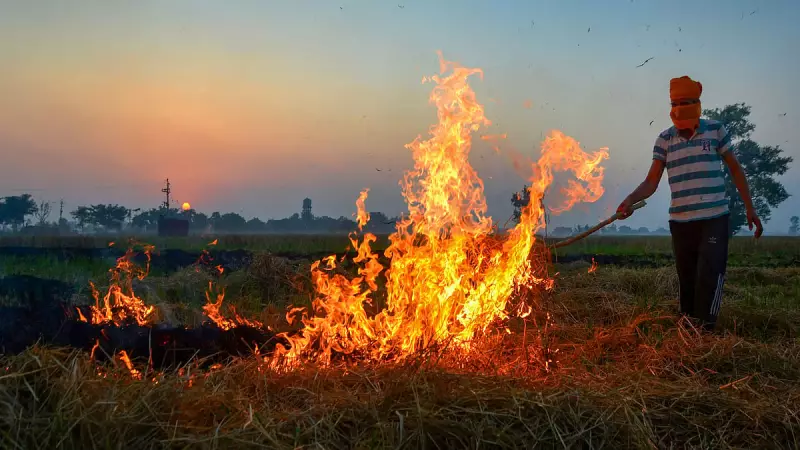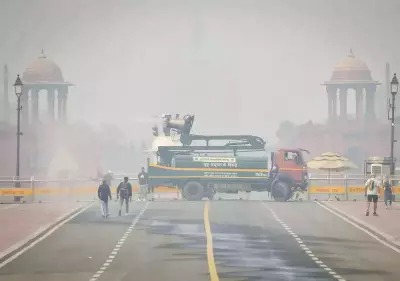
Punjab's agricultural landscape is once again shrouded in smoke as the state recorded a dramatic surge in stubble burning incidents, with 484 fresh cases reported in the past week alone. According to the latest data from the Punjab Pollution Control Board (PPCB), this significant increase has raised red flags about the impending air quality crisis in North India.
District-Wide Breakdown Reveals Hotspots
The PPCB data paints a concerning picture across multiple districts. Tarn Taran emerged as the worst-affected area, reporting 117 farm fire incidents, followed closely by Amritsar with 84 cases. The burning pattern shows concentrated clusters in the state's agricultural heartlands, where paddy cultivation dominates the landscape.
Timing Coincides with Peak Harvest Season
This sudden spike in stubble burning activities coincides with the peak paddy harvesting period in Punjab. Farmers, pressed for time between harvesting the kharif crop and preparing fields for the rabi season, are resorting to the quickest method of clearing crop residue despite existing bans and regulations.
Environmental Implications Loom Large
The timing of this surge is particularly worrying as meteorological conditions typically carry the smoke and particulate matter from these fires toward the National Capital Region. Environmental experts warn that if this trend continues, Delhi and surrounding areas could face severe air quality deterioration in the coming weeks.
Government Response and Challenges
State authorities have been implementing various measures to curb stubble burning, including promoting alternative uses for crop residue and providing subsidized machinery for in-situ management. However, the latest numbers indicate that these efforts are facing significant challenges on the ground, with many farmers still preferring the cost-effective burning method.
The situation remains critical as monitoring agencies continue to track farm fire incidents daily, with the period between October and November typically witnessing the highest concentration of stubble burning activities across Punjab's agricultural belt.





